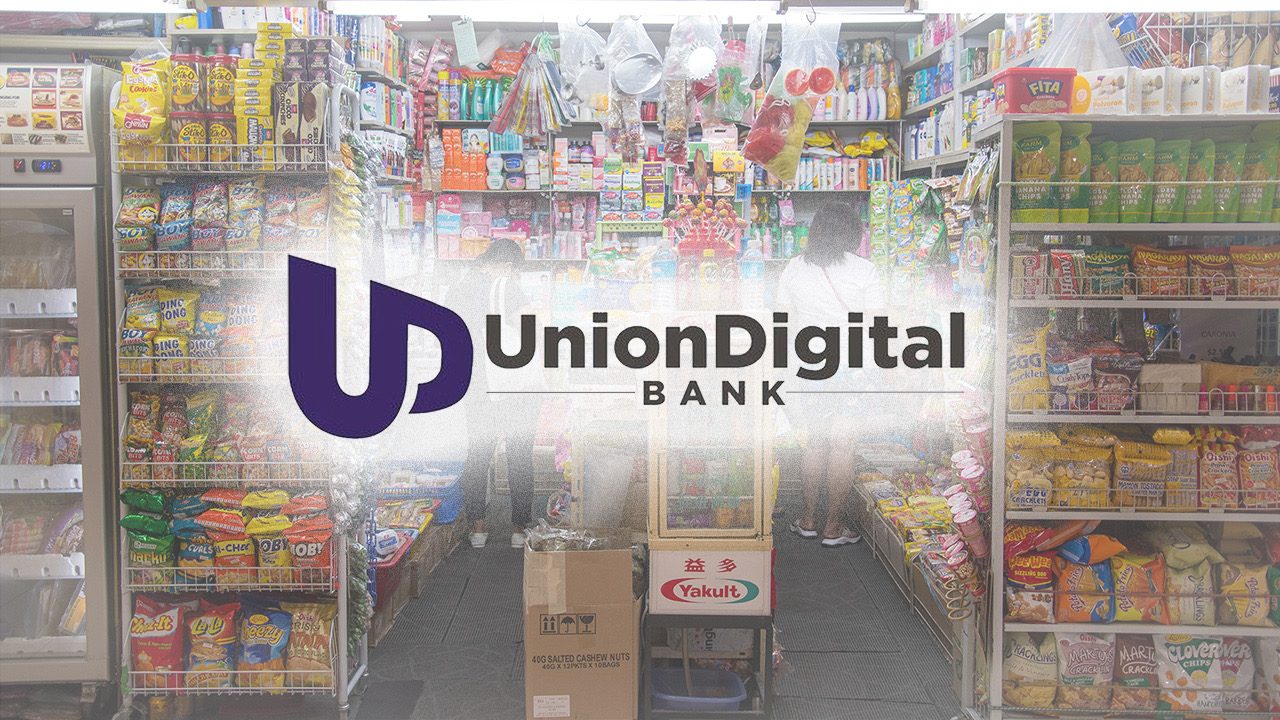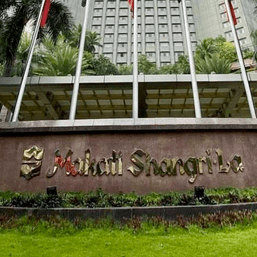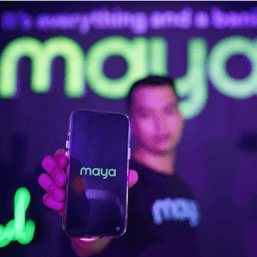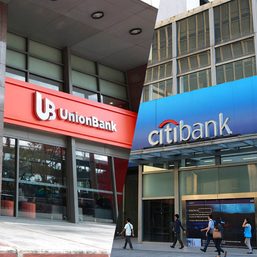SUMMARY
This is AI generated summarization, which may have errors. For context, always refer to the full article.

SINGAPORE – UnionDigital Bank, the digital bank subsidiary of Union Bank of the Philippines, is preparing to launch a “configurable” loan product that allows customers to adjust the loan tenor to make it much shorter term.
“We’re moving to more frequent lending and shorter tenors. Imagine a day where if you want to borrow, you can say, I want it to be six weeks lang….Gusto kong magbayad weekly lang (I just want to pay weekly). We want to make it parang (like) configurable,” said Henry Aguda, president and chief executive of UnionDigital Bank.
UnionDigital’s soon-to-be-launched high-frequency lending products will serve the middle- to lower-income-market segment.
“As opposed to a 20-year mortgage, a 5-year auto loan, the mass market lives day to day,” Mike Singh, UnionDigital’s chief commercial and revenue officer, said during a media roundtable.
“They want to know ‘how can I put food on the table at the end of the day?’ Same thing with lending – it’s all about ‘how do I meet my needs this week? Do I have a bill?’” he added.
The target market for these configurable short term loans includes sari-sari vendors and palengke (wet market) vendors who might use short-term loans to buy supplies in the morning, sell them throughout the day, and repay the loan on the evening of the same day.
“Let’s say there’s the tindera (vendor) that needs money to buy some fish in the talipapa (fish market) that she will sell in the afternoon. Kailangan niyang mag-utang (She needs to take out a loan) [….] You can take a loan in the morning, and you can pay it off maybe in the evening,” Aguda said.
The loan amounts can go as low as P500 to P1,000 a day for market vendors. The interest rate of these loans will also not be fixed, as UnionDigital is leveraging artificial intelligence (AI) to price for risk. This means customers that pay their loans on time will be assigned lower interest rates by the AI.
The UnionDigital executives also hoped that the new loans could help the financially underserved. According to the bank, 1 out of 10 Filipinos who borrow money do so from informal sources, such as from family, friends, and “5-6” lenders who charge 20% interest.
“All of these have issues, right? Family, there’s embarrassment, there’s shame. 5-6, there’s exploitation. Pawn shop, you pawn your family jewels. So, this formalizes really the lending market,” Singh said.
The launch of the new products – which will also include “buy now, pay later” schemes and affordable cross-border OFW remittances – is targeted for 2024.
Currently, UnionDigital’s customer base already serves the lower half of the income pyramid, with over 60% of their borrowers having a monthly income of less than P20,000.
UnionDigital has a loan portfolio of at least P12 billion, which it plans to double or triple by the second half of 2024. Total deposits, which currently stand at about P21 billion, is also expected to move at the same pace.
“We are profitable,” the bank executives stated, although they did not disclose their collection rate.
Internet connectivity remains barrier
Aguda lauded the BSP’s PalengQR program for helping to digitize payments in wet markets, but said that so much more has to be done.
For instance, one barrier to financial inclusion is the still-limited connectivity rates in parts of the country.
Aguda, who is also the digital infrastructure lead of the President’s Private Sector Advisory Council, said that although the average connectivity rate in the Philippines stands at 70%, it drops off drastically in Visayas (50%) and Mindanao (40%).
“One policy is to make connectivity pervasive across the country, especially in the Mindanao area because you cannot do financial inclusion if they don’t have connectivity there,” he said on Thursday, November 16.
Aguda also noted that Executive Order 32, which the Marcos Jr. administration signed in July 2023, is a step in the right direction as it streamlines the permit process for the construction of telecommunications and internet infrastructure.
“EO 32 allows the telcos to deploy cell sites and fiber optic much faster,” Aguda said. “Now, it’s in the implementation stage.” – Rappler.com
Disclosure: The author is part of a media delegation to the Singapore FinTech Festival 2023 sponsored by Union Bank, an exhibitor in one of the festival’s 16 international pavilions.
Add a comment
How does this make you feel?








![[Finterest] What exactly does a bank do, and how can they help you?](https://www.rappler.com/tachyon/2022/09/shutterstock-philippine-peso.jpg?resize=257%2C257&crop=329px%2C0px%2C900px%2C900px)
![[Finterest] Financial and travel scams to watch out for this Holy Week 2024](https://www.rappler.com/tachyon/2024/01/priest-scammed-january-27-2024.jpg?resize=257%2C257&crop=395px%2C0px%2C1080px%2C1080px)

![[Finterest] What is cryptocurrency, and what’s with the hype?](https://www.rappler.com/tachyon/2023/12/crypto-money-laundering-reuters-scaled.jpg?resize=257%2C257&crop_strategy=attention)
There are no comments yet. Add your comment to start the conversation.